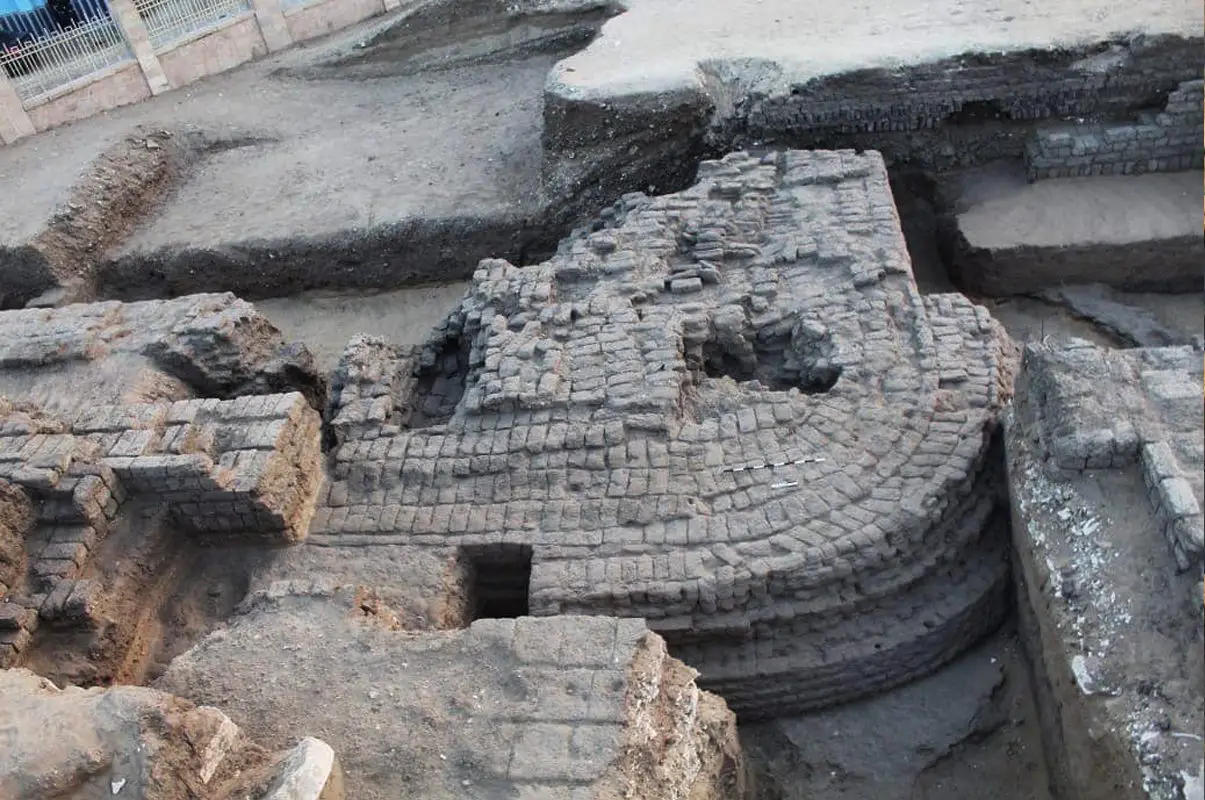An archaeological mission led by the University of York has uncovered 2,000 ram heads at the Temple of Rameses II in Abydos, Egypt.
Abydos is one of the oldest cities of Ancient Egypt following Upper Egypt becoming unified under Abydos rulers during the Naqada III period (3200–3000 BC).
The city was the site of many ancient temples, including Umm el-Qa’ab, a royal necropolis where early pharaohs were entombed, and the temple of Seti I, which contains an inscription known as the Abydos King List (a chronology of dynastic pharaohs of Ancient Egypt from Menes until Seti I’s father, Ramesses I).
During the 19th dynasty, Ramesses II, also known as Ramesses the Great, constructed a temple complex in dedication primarily to Osiris and Seti I. Ramesses II is often regarded as the most celebrated pharaoh of the New Kingdom, which itself was the most powerful period of Ancient Egypt.
The temple is decorated with several achievements from his rule, including scenes of the Battle of Kadesh where the forces of the New Kingdom of Egypt under Ramesses II, and the Hittite Empire under Muwatalli II, fought near the modern Lebanon–Syria border around 1274 BC.
Excavations at the temple complex by archaeologists from the University of York have uncovered 2,000 ram heads dating from the Ptolemaic period. The team also found the remains of ewes, wild goats, dogs, cows, gazelles and mongooses within a room in the temple complex, which are thought to be votive offerings in reverence to Ramses II 1,000 years after his death.

A large palatial structure was also discovered from the Old Kingdom’s 6th Dynasty, containing several statues, papyri, ancient tree remains, leather garments and shoes, in addition to parts of the northern wall that surrounded the Temple of Rameses II.
According to the Ministry of Tourism and Antiquities, the palace will greatly contribute to a new interpretation of how the site looked during the Old Kingdom and the activities that took place there.
Ministry of Tourism and Antiquities
Header Image Credit : Ministry of Tourism and Antiquities





